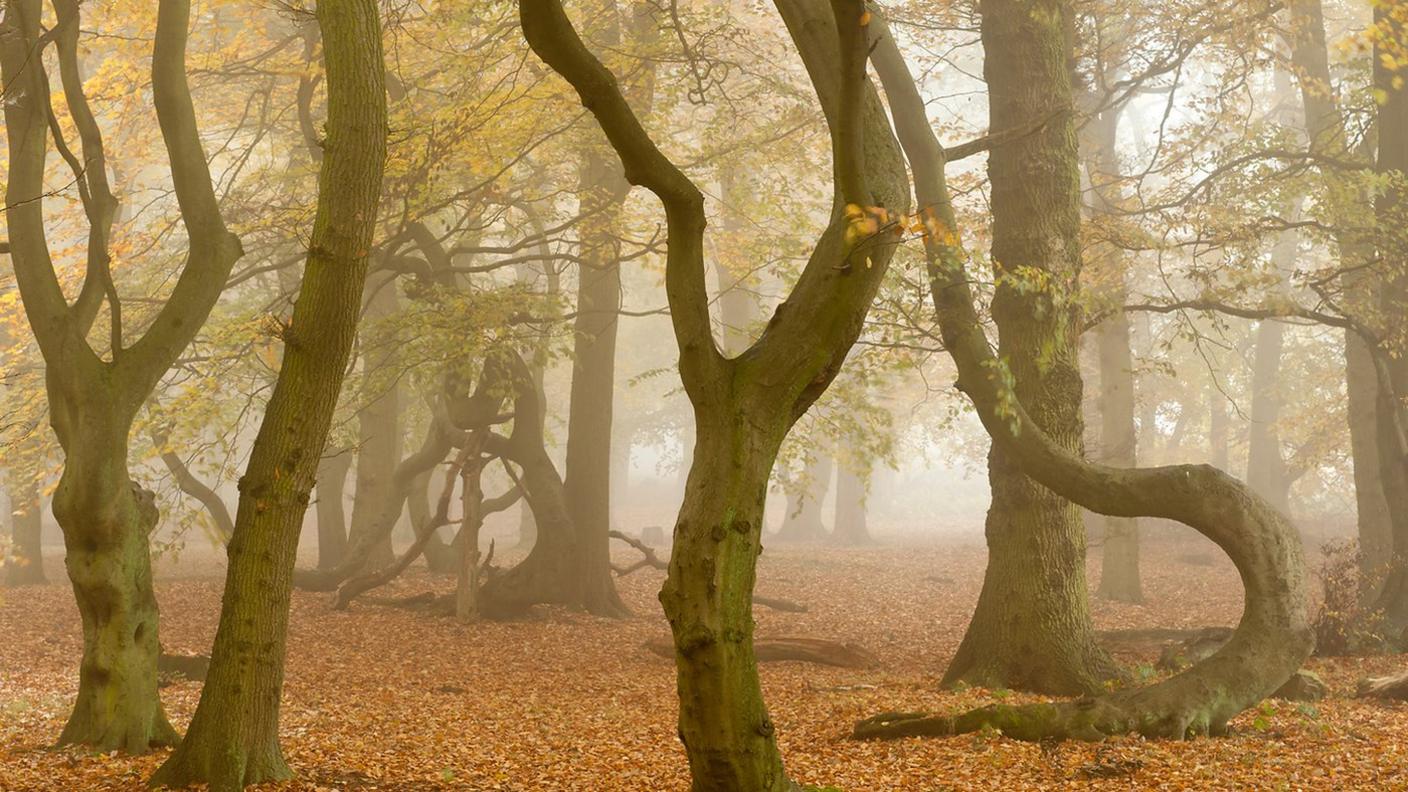National Forest celebrates 25 years
- Published
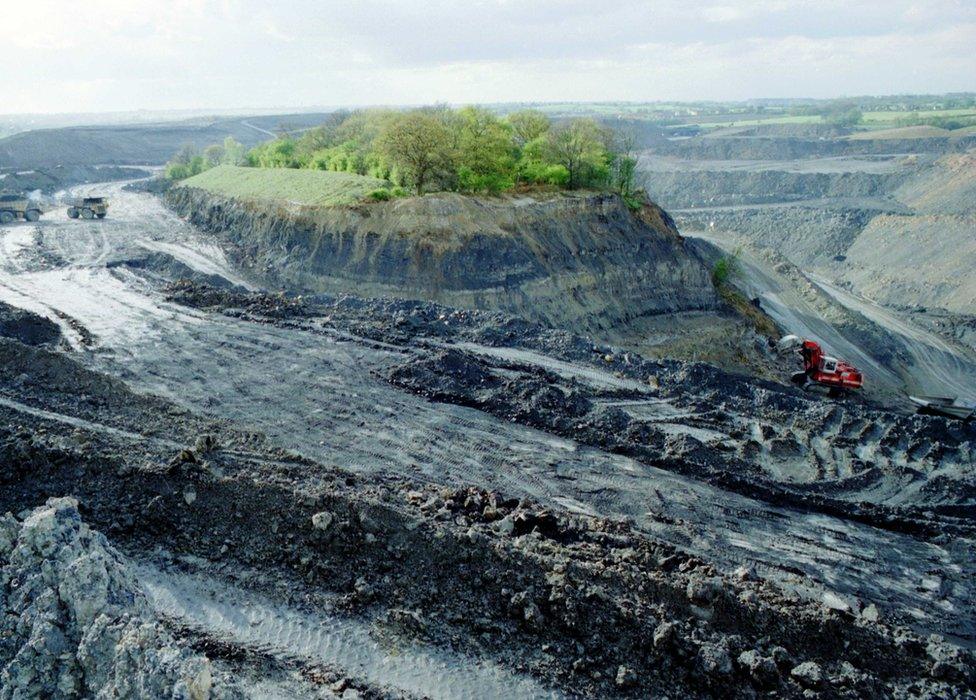
Hicks Lodge, Leicestershire, was one of the areas that was regenerated as part of the National Forest project
The scarred landscape left behind by the mining industry in the Midlands was desolate and dark. Then the trees came.
Twenty-five years ago work began on transforming a huge swathe of land in the Midlands.
Where once there were coal mines and heavy industry, a return to nature began with the first seeds of what would become the National Forest.
A plan to "breathe new life" into parts of Leicestershire, Derbyshire and Staffordshire, then used largely for coal mining, was devised in the late-1980s.
About 200 square miles (500 sq km) of "forgotten" land was selected in 1991 and planting began later in the year.
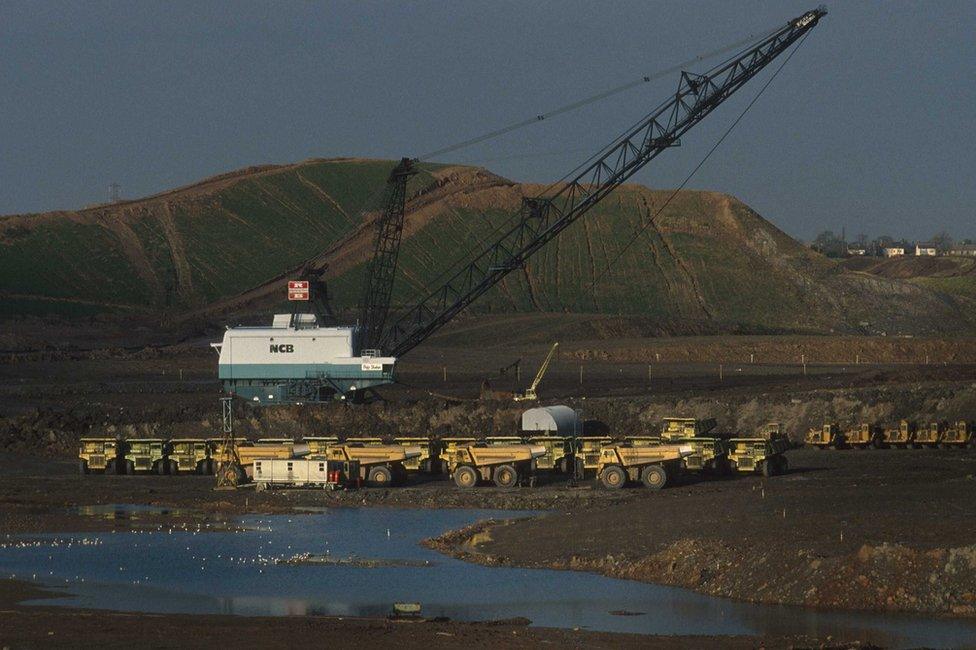
Open cast coal mining took place where the Sence Valley Country Park is now located
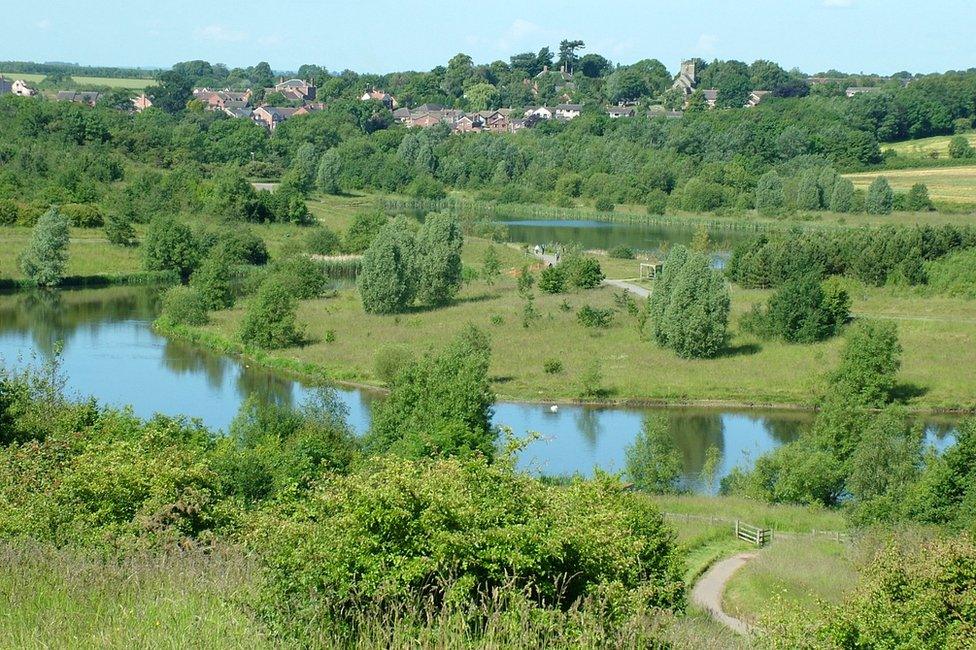
Sence Valley now bears little resemblance to how it was in the 1980s when coal was mined there
Since then 8.5m trees have been planted and forest cover has increased from 6% to over 20%, the company said.
The group said its mission over the last quarter of a century has been to turn the "least wooded areas of England into a multi-purpose, sustainable forest".
John Everitt, chief executive of The National Forest company, said the project has shown how a "healthy environment" can stimulate economic growth and regenerate communities within the area.

The greening of the post-industrial landscape was a key aim of the National Forest
He said the early nineties saw the end of a number of industries in parts of the Midlands leaving what many saw as a "blot on the landscape".
Mr Everitt said: "The whole idea came from the Countryside Commission and they were thinking about regeneration, so that was the backdrop to the National Forest being selected here.
"We planted trees on a huge number of different derelict sites; whether that's old slag heaps, restored collieries."
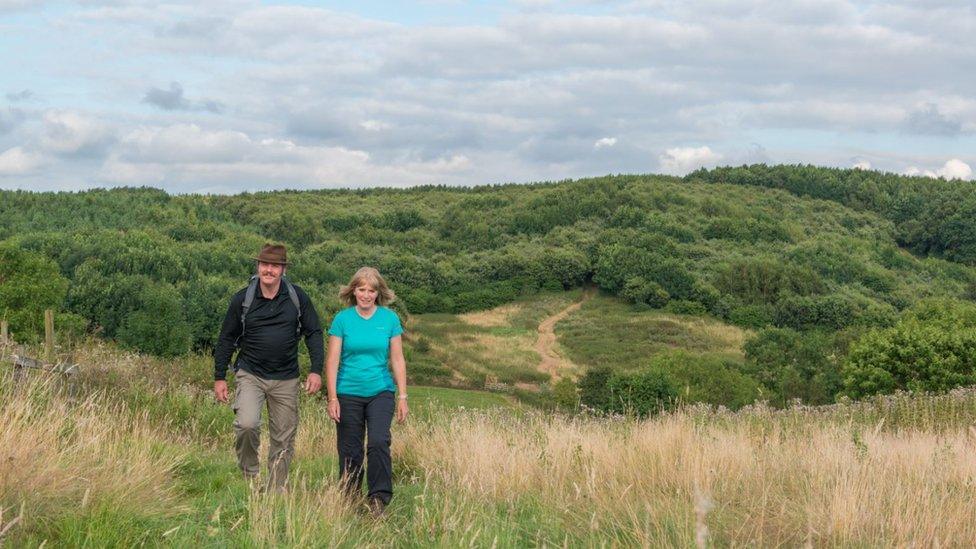
Residents have said the area has been transformed in the last two decades
Moira, in Leicestershire, which was mined for coal, limestone and granite, was one of the areas selected for mass tree planting.
Hazel McDowell, who lives in the former mining village, said: "When I first moved here [in 2000] it was so raw you thought nothing was ever going to survive or grow here.
"It's [now] just an incredible area. The trees are all towering over me now."
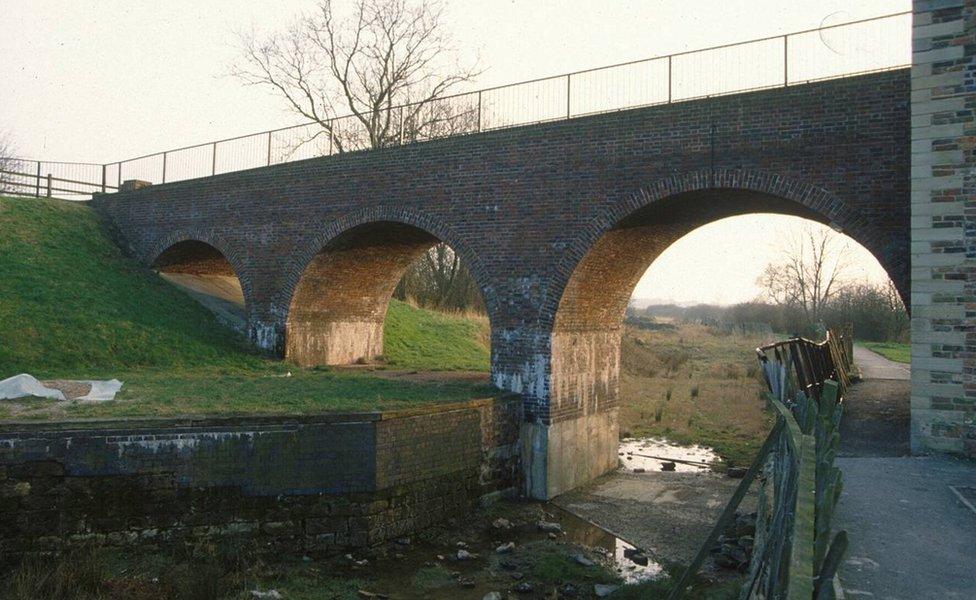
The neglected area around Moira Furnace, a 19th century iron-making blast furnace, in Leicestershire
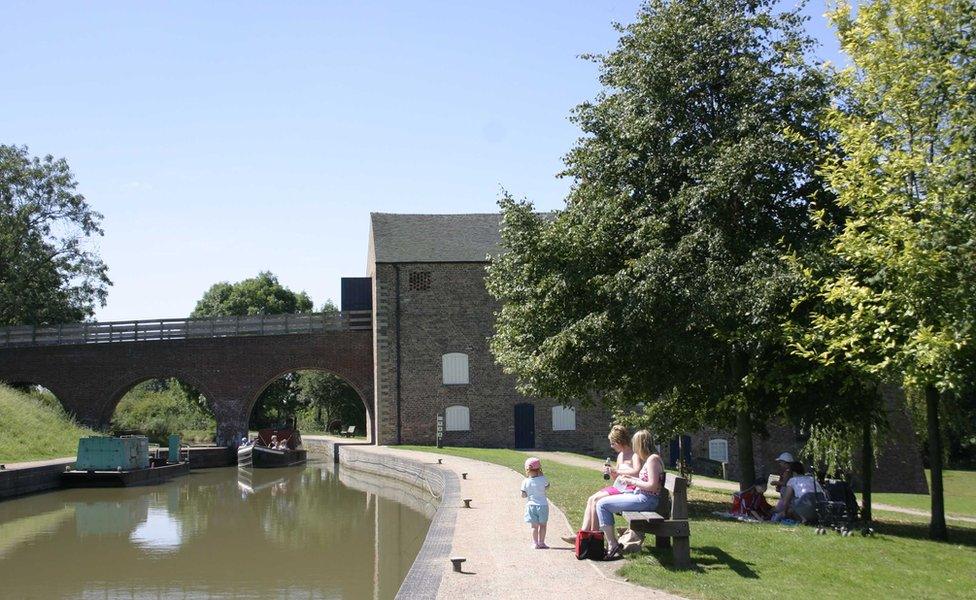
The Moira Furnace building and the canal were regenerated as part of the National Forest project
Landowner Andrew Kirkland, said his farming business was becoming less profitable by the 1990s and so took advantage of a National Forest grant.
In 1998, he gave up farming and planted 100 acres (40 hectares) of trees on his land, near Swadlincote in Derbyshire, while growing his equestrian business.
He said: "The National Forest has been an uplift for the local community.
"I feel that I have put a mark down that will never be removed, for the children around here everything is rosy."
The National Forest has suffered its setbacks. In 2013, it announced its first case of ash dieback within its boundaries.
The disease was found at three sites between Albert Village and Moira.
A spokeswoman said since then thousands of Ash trees have been affected and will probably never recover.
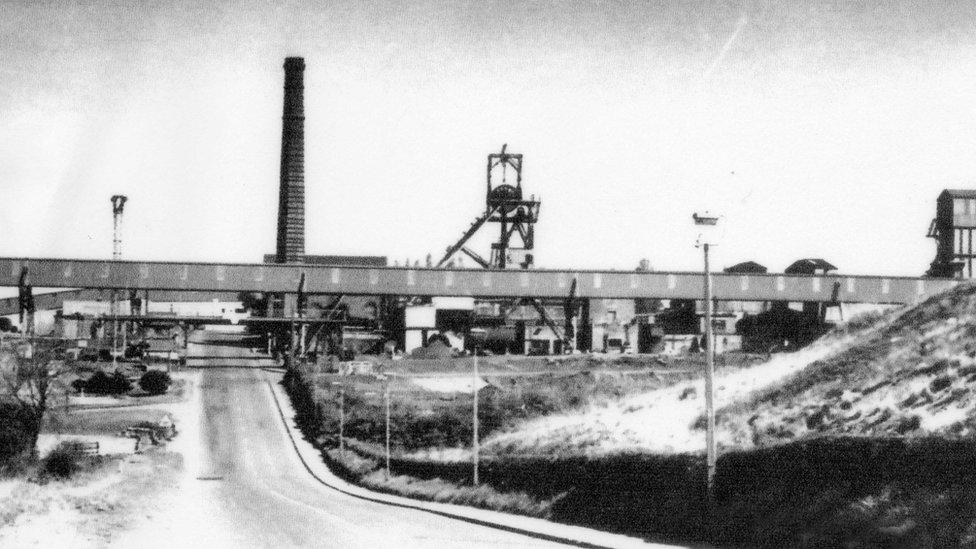
Newfield Colliery near Donisthorpe, Leicestershire, was transformed into a country park

Conkers outdoor activity centre now resides where Rawdon Colliery once stood
In the same year the National Forest warned that wildlife would be affected if the proposed HS2 high speed rail route, which would go through its borders, got the go ahead.
It said it would fight for compensation should this happen.
A new 75-mile (121km) walking trail opened in 2014 after five years of preparation and the National Forest became a charity in 2016 in a bid to access extra funding and help secure its future.
Thousands of people have used the National Forest for leisure and education over the last 25 years, its bosses have claimed.

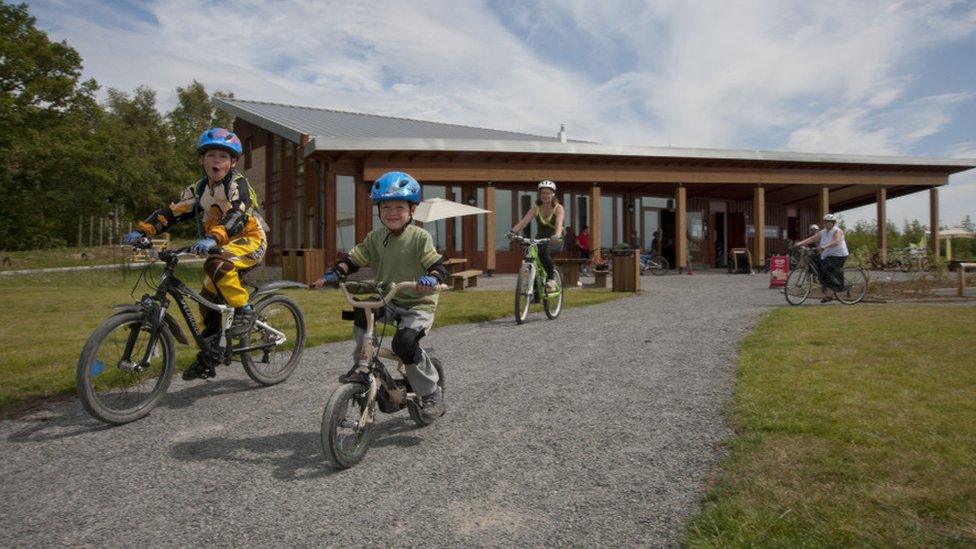
Hicks Lodge, a former coal mining site, has a number of cycling tracks for families
The National Forest
A multi-purpose forest for the nation was first mooted in a government document in 1987
The idea was that economic regeneration could come from the restoration of mining sites
It is more a geographical area than a vast tract of pure woodland and includes farmland and the towns of Burton-upon-Trent and Coalville
Millions of trees have been planted at sites across the three counties
The ancient forests of Charnwood and Needwood are also connected to the project

- Published6 August 2014
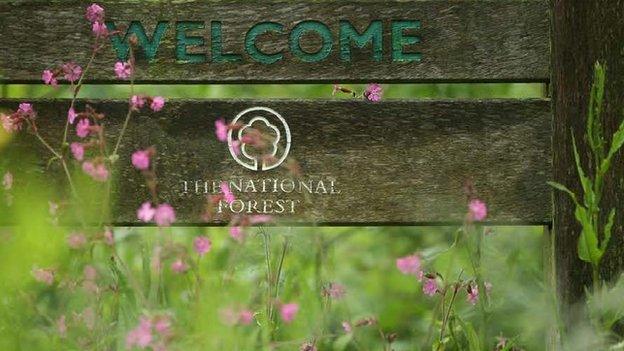
- Published27 August 2013
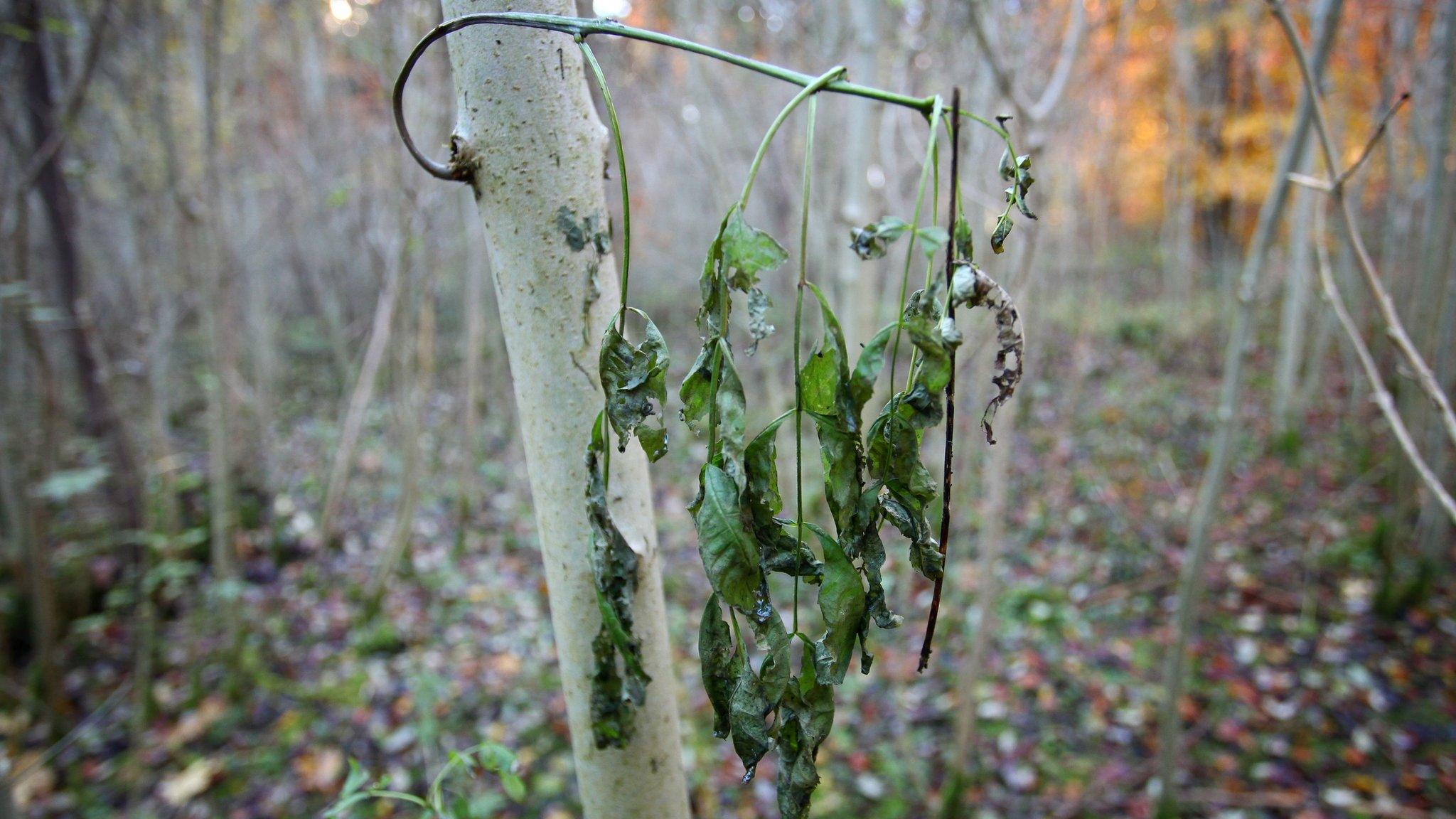
- Published30 January 2013

- Published17 May 2014
